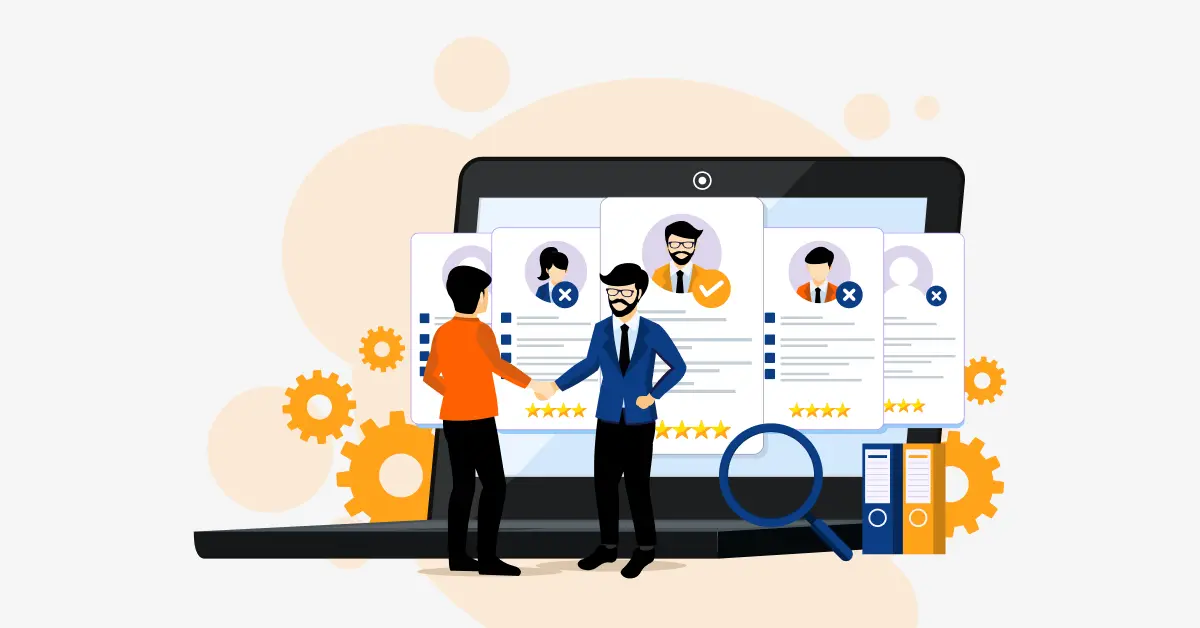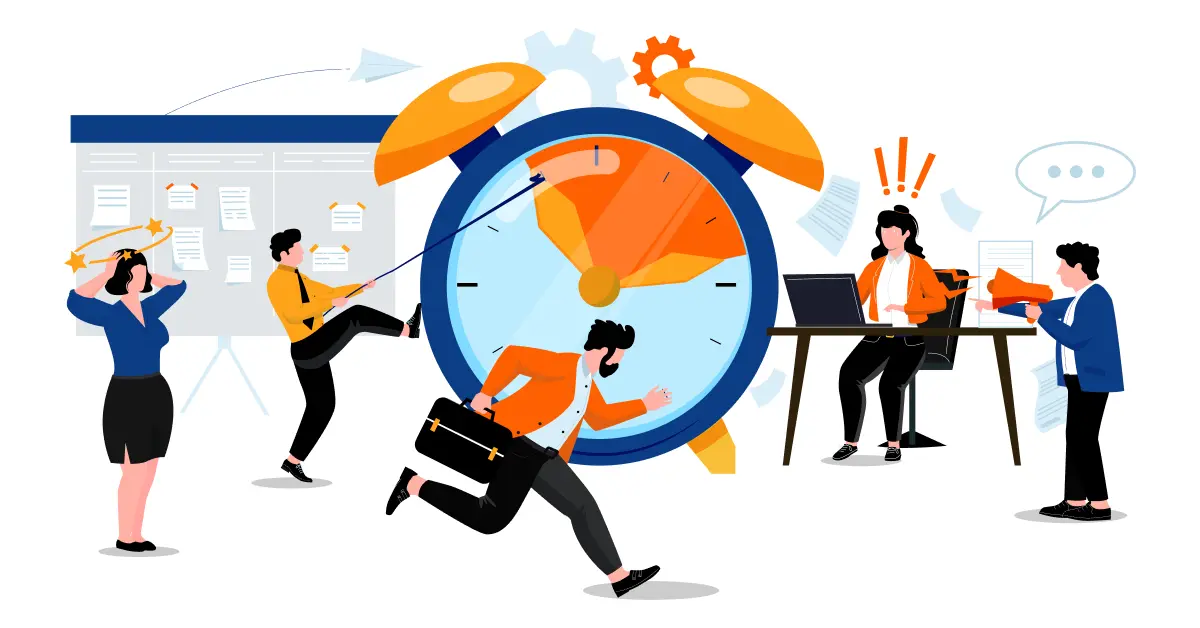
Employee skill development has become an integral dimension of contemporary business strategy for enhancing capabilities and competencies given organizational goals. This is a continuous process of learning and growth oriented towards improving employees’ professional skills.
Companies should, therefore, invest in workforce analytics if they want to be competitive and innovative in these rapidly changing times. The article discusses employee skill development, its importance, and how it can be effectively implemented.
Table of contents
Understanding Employee Skill Development
Employee skill development refers to activities or programs that increase employees’ skills, knowledge, and competence. Such activities or initiatives include formal training, on-the-job learning, mentoring, and coaching, all aimed at equipping employees with tools to feel accomplished in their roles and adjust to new challenges.
Employee skill development increases an employee’s engagement and satisfaction when they focus on their growth. According to research, people learn 70% of their skills on the job and 10% in formal training. Therefore, skill training is vital to improve productivity and to ensure a low turnover rate.
Importance of Employee Skill Development
1. Make Employees More Effective at Work
Skills development programs directly affect employee efficiency. If employees get appropriate training and the necessary tools, they can do their work more efficiently and flexibly, increasing their performance and the organization’s overall productivity.
2. Improves Workplace Communication
Improving communication in the workplace and remote team collaboration are essential parts of any workplace. A program teaching communication skills aims to help the staff express their ideas more clearly, work together more efficiently without any workplace disruptions, and manage conflicts more efficiently. More effective communication leads to greater comfort in working together and, therefore, more teamwork.
3. Enhances Employee Engagement and Satisfaction
It aids in delivering the message that an organization cares about its employees. This investment will help achieve high activation rates, engagement, and employee satisfaction. The workers are likely to be more motivated, committed, and loyal if they feel their growth is a priority for the organization.
4. Creates Leadership Development
The leadership development program is a significant investment in the skill development of employees. This means that the leadership development program instills within the employees the skills and knowledge to lead in the future, creating a company-wide pool of competent leaders. Over time, if a leadership position changes, the business will continue to run optimally with no interruptions.
5. Improves Employee Performance
Coaching employees to improve workforce performance is also one of the prime facets that can be incorporated to develop the employees’ skills. This kind of personal coaching will facilitate finding and realizing their plus and minus points, developing viable aims, and planning action programs to achieve those aims. Such individualized focus will help augment the result and job satisfaction.
6. Supports Adaptation to Technological Advancements
Technology keeps advancing, as does the employees’ ability to learn new tools and systems. Thus, skill development programs could also mean training could be imparted on new technologies to stay relevant and ready to use them to the most precise advantage. One’s adaptability allows the person to remain competitive in the market.
How do we go about Skill Development for Employees?
Here is what can be useful for employee skill development –
1. Formal Training Programs
Formal training programs are systematic teaching programs meant to pass specific skill areas or sections of knowledge. Such programs may be run in-house or through external training agents. They can cover various topics, from technical issues to soft areas like communication, leadership, and time management techniques.
On-the-job training necessitates learning by doing. Practical experience is built at an individual level through actual employee performance, permitted under the guidance of superiors or more experienced colleagues. This puts the employee in the context of the actual working situation and is thus more relevant and applicable. There are employee monitoring tools that help manage employees with better strategies.
2. Mentoring and Coaching
Mentoring and coaching are employee skill development techniques. Mentors offer guidance, support, and advice based on their practical experiences to help mentees navigate their career paths. Coaches will set specific goals for an employee and assist in achieving these goals by providing feedback and assistance.
Workshops and seminars offer the most significant ways for workers to learn about new topics, trends, and technologies. Workshops have frequently included expert speakers with interactive sessions where question-asking and active discussions by participants are supported. Workshops and seminars could be a great way to learn new things to enhance knowledge.
3. Online Learning Platforms
Online learning platforms enable employees to learn new skills at their convenience. Many of these platforms cover courses ranging from technical skills to personal development. Employees learn at their convenience; hence, online learning is pretty accessible.
Employee analytics and monitoring tools can be helpful in skill development, as the products provide insight into employee performance and productivity. Organizations may use time-tracking tools to collect data on workers’ time use. They also find where they need help, point out areas of improvement, and tailor training programs accordingly.
4. Job Rotation and Cross-training
Job rotation and cross-training refer to rotating employees through various jobs or departments to gain a broader skill set. This technique can boost employees’ skills and help them understand the organization better. It also brings job satisfaction and motivates employees to have new experiences and challenges.
5. Leadership Development Programs
Leadership development programs are designed to groom employees to take up organizational leadership roles. Such programs focus on building and enhancing individuals’ decision-making, strategy implementation, group handling, and time management skills. In this way, through expenditure in leadership development, an organization can ensure a promising pipeline of future leaders and long-term success.
6. Feedback and Performance Reviews
Feedback and appraisal are instrumental in the development of employees. Proper feedback assists employees in recognizing their strengths and weaknesses. Performance appraisal helps in goal-setting, career aspirations, and bringing out the need for training. A culture of openness and continuous support can help employees work to their potential. Many employee monitoring software programs help track employee performance and suggest solutions accordingly.
Conclusion
Employee skill development is one of the prime factors in an organization’s success. By investing in people’s growth and development, organizations can improve employee productivity and communication and have a leadership pipeline. Skill development can be done in many ways, through formal training programs, mentorship, or online learning platforms.
Providing a combination of development opportunities will give the company a better chance of meeting its people’s needs and preferences and establishing a culture of continuous learning and growth. Such decisions should be data-driven; here, Leapmax’s actionable workforce insights can be easily used. A well-developed workforce proves to be a key asset for future innovation and to enhance employee efficiency in the workplace.
Recent Posts
Contact us
Related Posts

Know All About Hybrid Workplace Strategy: Steps to Consider
Today, hybrid workplace strategies are a revolutionary approach to workplace…..
Read More





